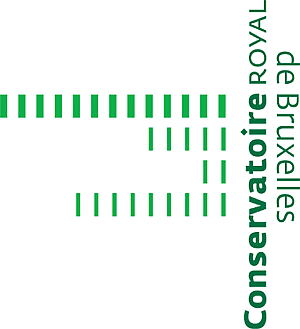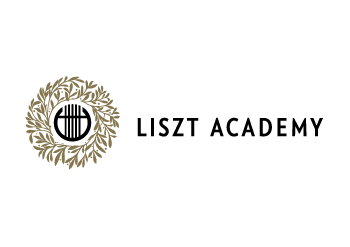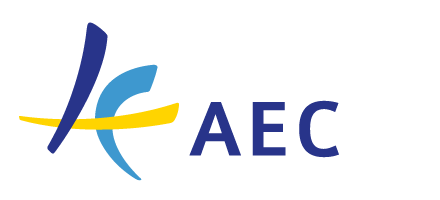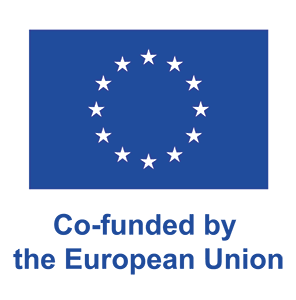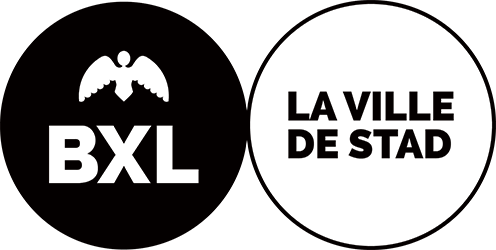Reference work and textbook in one: the handbook for composition students and lecturers, composers, arrangers and conductors as well as for sound engineers and recording engineers. Anyone who wants to compose or arrange must not only be well trained in musictheory, but also know a great deal about the instruments used: What range and technical possibilities do they have? What needs to be considered when combining different instruments, what tonal effects result? How should the notation look, especially for special effects? Ertugrul Sevsay’s compendium, written from many years of teaching experience, answers these questions in two parts. The first part is a comprehensive introduction to instruments. It covers in detail both traditional and modern playing techniques and explains the notation of multiple fingerings, harmonics and other more complicated elements. The second part contains practical exercises of increasing difficulty. On the basis of 50 parts of well-known works, exercises are set and solved by means of the original score and accompanying analysis. Tables with tonal ranges and frequently used terms in German, Italian, English and French complete the book.
Be a part of our european project !
This European project (KA 203 Strategic Partnership) created by Salvatore Gioveni promotes cross-border collaboration in the field of Music Theory through sharing knowledge and transferring pedagogical innovation. It thus responds to a lack of centralised source and framework to deepen reflection by means of cross-disciplinary study at European and international level.
There is a significant wealth of educational practices from one country to another in this sector, especially in terms of harmonic musical notation and analysis. However, HMEI's are facing the nonexistence of a European network for pedagogical staff in Music Theory so far. To improve the situation, the project will among other things develop several intellectual outputs such as Online Platform (IO 1), an EU Bibliography (IO 2), a Repository Courses (IO 3), a Multilingual Glossary (IO 4) and an Exchange Online Learning Platform.
Besides the Conservatoire royal de Bruxelles as leader and manager of the project, the following partner institutions are involved: Music Academy S. Moniuszki Gdańsk (Gdańsk, Poland), F. Liszt Academy of Music Budapest (Budapest, Hungary), Estonian Academy for Music and Theatre (Tallinn, Estonia), HfMTh "Felix Mendelssohn Bartholdy" (Leipzig, Germany).
 | 2025
| 2025
